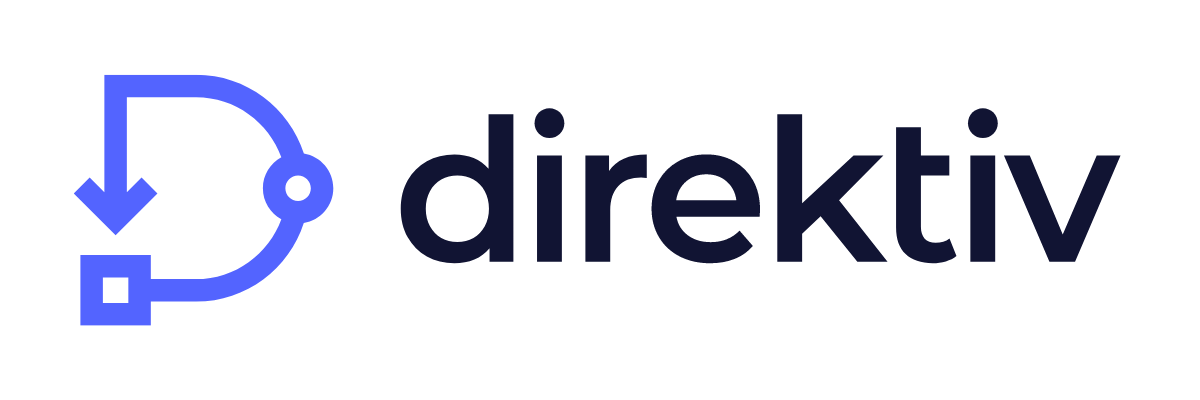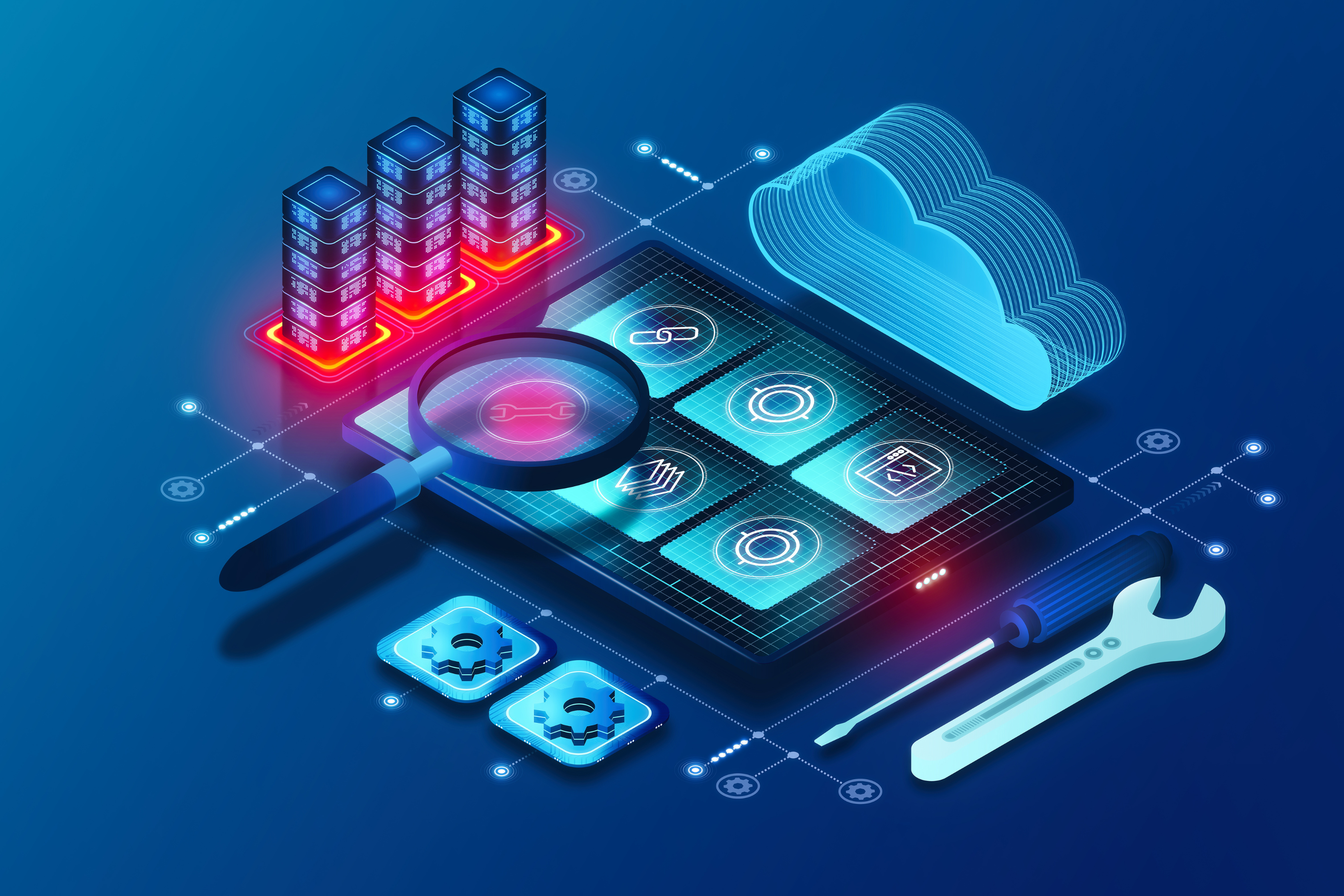The 4 Hottest Cloud Native Trends for 2024

As you gear up for continued digital transformation heading into 2024, you should have a good grasp of the shifts happening within the cloud native landscape.
According to Gartner, a whopping 95% of upcoming digital workloads will be deployed on cloud native platforms by 2025. Can you believe that back in 2021, it was just a mere 30%? Talk about a shift in cloud native momentum. 😎
This surge in adoption is a testament to the agility and efficiency that these platforms unlock for modern businesses. This tech not only optimizes resource use but also helps boost innovation and accelerate development. Not to mention, some of these trends allow devs to concentrate on what they should be focusing on (writing code) while keeping the C-level leaders focused on the bottom line. 🤑
With this in mind, let’s keep the momentum heading into 2024 by getting a solid understanding of these 4 hot trends in the cloud native community. Do you use any of these already? Let’s find out. ⬇️
1. Container Orchestration Will Add Flexibility to Your Cloud Native Environment
Container orchestration is expected to maintain a CAGR of 16.8% and reach 1.1 billion USD by the end of 2027. For that reason (and a few more we’ll explain), it has landed it on our list of hot trends heading into 2024. 📈
Container orchestration involves managing and coordinating containers within a distributed computing environment. Containers serve as lightweight, self-contained units that encapsulate applications along with their required components. This design allows for easy scalability and portability. To automate the deployment, scaling, and monitoring of containerized applications across multiple machines, container orchestration systems like Kubernetes come into play.
These systems take care of trickier tasks like making sure all the work is shared equally, helping the containers find each other, and dealing with problems so everything keeps running smoothly. Essentially, container orchestration is all about making sure your apps play well together, stay strong no matter what, and give you the flexibility to work your tech magic—especially in cloud native environments. 🤩
Imagine you’re using Kubernetes to keep your containers in check. You describe how your app should work using YAML or JSON files that specify things like:
- The locations of container images
- How the networking should be set up
- Where to store your important logs
Now you can use an orchestration solution to handle errors, conditional branching, parallel processing, or listening for event triggers. In this cloud native environment, you make the rules. Literally.
➡️ For more on container orchestration, check out our blog.
2. Serverless Computing Will Save You Money & Resources
Outperforming the container orchestration market by a few points is serverless computing. It recently climbed past the 9 billion USD mark and is expected to hold a 25% CAGR until 2032.
Serverless computing tears developers away from the nitty gritty aspects of babysitting servers, and allows them to focus on creating code and improving their application experiences. 💯
The secret sauce? It’s the heavyweight cloud platforms doing the heavy lifting. 🏋️ Devs upload the code, set the triggers, and voilà! The cloud provider takes it from there. And for upper management, you only pay for the actual runtime of your code—not for the waiting around, not being used, part.
On a high-traffic day with a traditional server setup, a developer might be left scrambling around trying to figure out how to meet the load demand. Not with serverless. It automatically scales (up or down) depending on the current workload. How's that for peace of mind? 😎
With serverless computing, you're able to loop in other digital transformation services, like:
- Microservices architecture
- Event-driven platforms
- Automated workflows
- Scalable processing
These are just a few examples of the diverse range of applications that serverless computing supports. This flexibility and scalability of serverless platforms make them one of the most powerful weapons a modern developer can have.
➡️ To learn how serverless computing can scale applications, pop over to this blog.
3. Microservices Architecture Will Change the Way You Build Applications
The scorching hot microservices market is expected to reach 21.67 billion USD with a CAGR of 18.6% by 2030. So what could be the culprit behind this rapid growth?
Microservices architecture changes the game when it comes to the way apps are structured and deployed. Essentially, microservices break down monolithic applications into a constellation of small, independent services. Each piece does its own thing without messing up the others around it or shutting down the entire app it’s attached to.
But it’s not just about cleaner code—it also goes hand in hand with other trends like serverless computing and DevOps (our next stop on the trend list). Now your apps can grow flexibly, talk to other services easily, and get revamped faster than ever before. Microservices can also:
- Increase scalability
- Be programmed in any language
- Generate faster time to market
And for those benefits plus many more, expect microservices to continue the upward trajectory into 2024—and beyond.
(Source: Giphy)
➡️ To further explore microservices architecture, read this blog.
4. DevOps Collaboration Will Open the Door to Peak Efficiency
In 2021, 83% of IT leaders reported using DevOps practices to unlock higher business value. This number is expected to rise through 2024, as over 85% of organizations will adopt a cloud computing strategy by 2025, making DevOps one of the hottest trends in cloud native.
When broken down to its core, DevOps embodies a transformative philosophy that bridges the gap between Development and Operations teams to enhance collaboration, streamline workflows, and give a boost to software delivery. DevOps makes sure everyone is on the same page, breaking down those old walls that used to stifle productivity. This type of philosophy—when implemented correctly—can yield great benefits, like:
- Building products with great speed and accuracy
- Improving scalability and process efficiency
- Saving time and resources
And like our other trends, DevOps can dance in lockstep with each of them, giving you faster innovation, quicker rollouts, and a seriously efficient cloud native landscape.
➡️ To learn the 5 essential tools for any DevOps engineer, check out this blog.
Final Thoughts
Have you been keeping up with these 4 hot cloud native trends over the past few years? Better yet, have you begun implementing any (or all) of them into your processes? If not, it’s not too late to kick off your digital transformation with cloud native.
With Direktiv, you can capitalize on all these trends with our event-driven serverless orchestration platform. That’s right, from container orchestration to serverless computing, Direktiv gives you the power to leverage them in your organization on day one. Try us out for free and let us know what you think.

.png)

